Muscimol, a psychoactive compound renowned for its presence in the iconic Amanita muscaria mushroom, stands as a unique entity in the psychedelic world. Unlike more commonly known substances like LSD or psilocybin, muscimol’s interaction with the human brain offers a different kind of psychotropic journey. Historically, its use is deeply rooted in various cultures, particularly in shamanic traditions across Eurasia, where it played a significant role in spiritual and religious rituals.
Let’s take a closer look at this magical mushroom medicine.
What Is Muscimol?
Muscimol is a captivating psychoactive compound, primarily found in the Amanita muscaria, or Fly Agaric mushroom. Chemically, it’s a potent GABA_A receptor agonist, differing significantly from the serotonin receptor pathway targeted by classic psychedelics like psilocybin and LSD.
This unique mode of action results in an experience that diverges from the typical ‘psychedelic’ trip. Unlike psilocybin, which often induces profound visual and emotional journeys, muscimol tends to lead to sedative effects, vivid dreams, and a state of dissociation or delirium at higher doses.
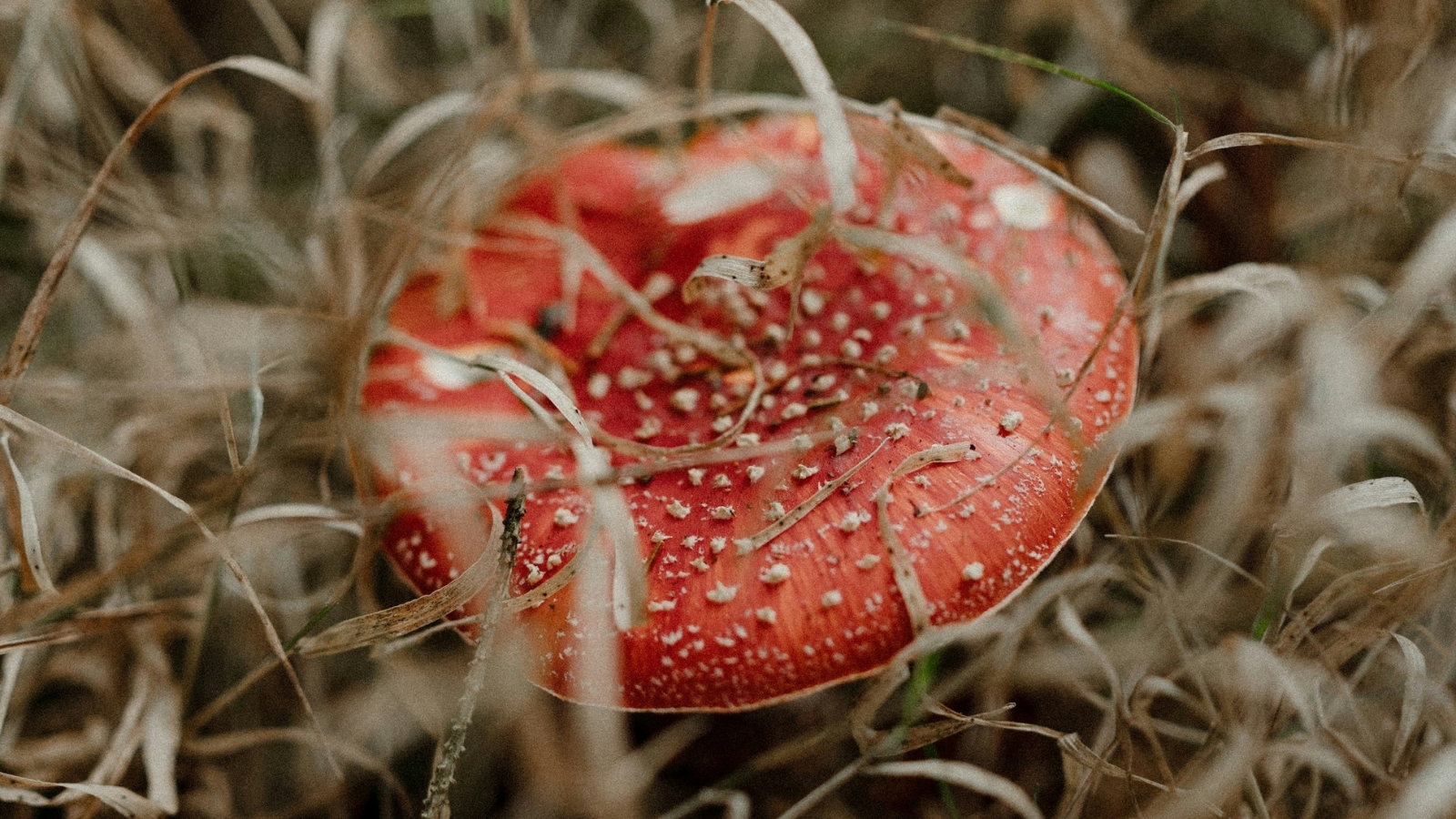
Natural Sources of Muscimol
The Amanita muscaria is the most renowned natural source of muscimol. This striking mushroom, with its bright red cap speckled with white spots, is more than just an enchanting woodland inhabitant; it’s a complex organism housing this intriguing compound. Muscimol is present in varying concentrations throughout the mushroom, with higher amounts typically found in the cap than in the stem.
Beyond the Fly Agaric, other Amanita species also contain muscimol, albeit often in lower concentrations. Species such as Amanita pantherina (the Panther Cap) and Amanita regalis (the Royal Fly Agaric) are notable for their muscimol content.
These variants, while less iconic than the Amanita muscaria, contribute to the diversity of natural sources of muscimol. Each species offers a slightly different profile of psychoactive compounds, including muscimol and ibotenic acid (which convert to muscimol in the body), providing a spectrum of experiences and effects for those exploring these natural psychedelics.
Effects and Experiences
The journey into the world of muscimol is one marked by a unique blend of physical and psychological effects, setting it apart from other psychoactive substances. The experience is shaped not just by the chemical nature of muscimol but also by the individual’s response to it.
Physical Effects
Consuming muscimol typically leads to a variety of physical sensations. Users often report experiencing a sense of physical relaxation and mild euphoria. At higher doses, there can be noticeable motor control impairment, akin to a drunken state, and increased tactile sensitivity. Unlike the stimulating effects of substances like MDMA, muscimol tends to produce more sedative effects, which can range from pleasant lethargy to deep, dream-like states.
Psychological Effects
The psychological impact of muscimol is profoundly different from classic psychedelics like psilocybin or LSD. Instead of the introspective and often visually rich experiences associated with these substances, muscimol can induce a dreamy, trance-like state.
Users report alterations in perception, time distortion, and sometimes vivid hallucinations, although these tend to be more akin to dream sequences than the geometric patterns seen with serotonergic psychedelics. The emotional landscape under muscimol’s influence can vary widely, from feelings of tranquility to disorientation.
Duration and Intensity
The duration of a muscimol experience can vary significantly based on the dosage, individual biochemistry, and the method of ingestion. Typically, the effects can last anywhere from four to ten hours. The onset is usually slower compared to other psychedelics, and the peak experience can have a lingering, wave-like quality.
Factors influencing the intensity and duration include the user’s metabolism, the amount consumed, and even the specific strain of Amanita mushrooms. This variability necessitates a cautious approach, especially for those new to muscimol, as the psychoactive journey it offers is as unique as it is profound.
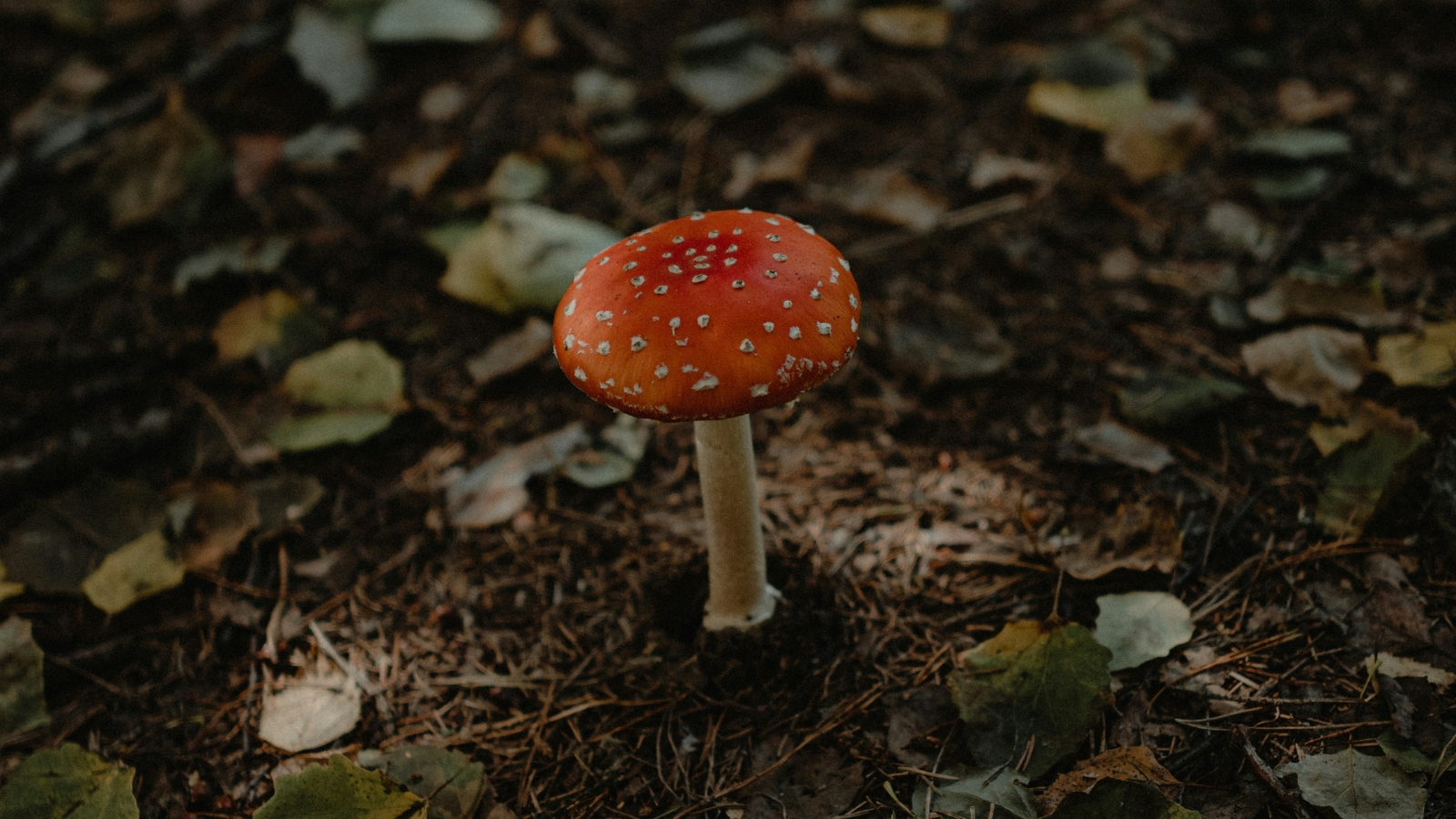
Traditional and Cultural Uses
The historical and cultural tapestry of muscimol use is rich and diverse, steeped in shamanic traditions and folklore. In various parts of Eurasia, particularly in Siberia and Northern Europe, Amanita muscaria mushrooms have long been associated with spiritual and ritualistic practices. Shamans in these regions have used these mushrooms for their psychoactive properties, enabling altered states of consciousness crucial for spiritual journeys, divination, and healing practices. The muscimol-containing mushrooms were not only tools for transcendental experiences but also symbols of power and connection to the spiritual world.
In some cultures, the consumption of Amanita muscaria was surrounded by rituals and ceremonial practices, often involving elaborate preparations to minimize the toxic effects and maximize the psychoactive experience. These practices highlight the deep understanding and respect ancient cultures had for these powerful natural compounds.
In contemporary culture, muscimol and its source, the Amanita muscaria, have found a place in popular culture and modern spiritual practices. The iconic image of the red and white mushroom has become a symbol of enchantment and mystical journeying, often featured in art, literature, and media.
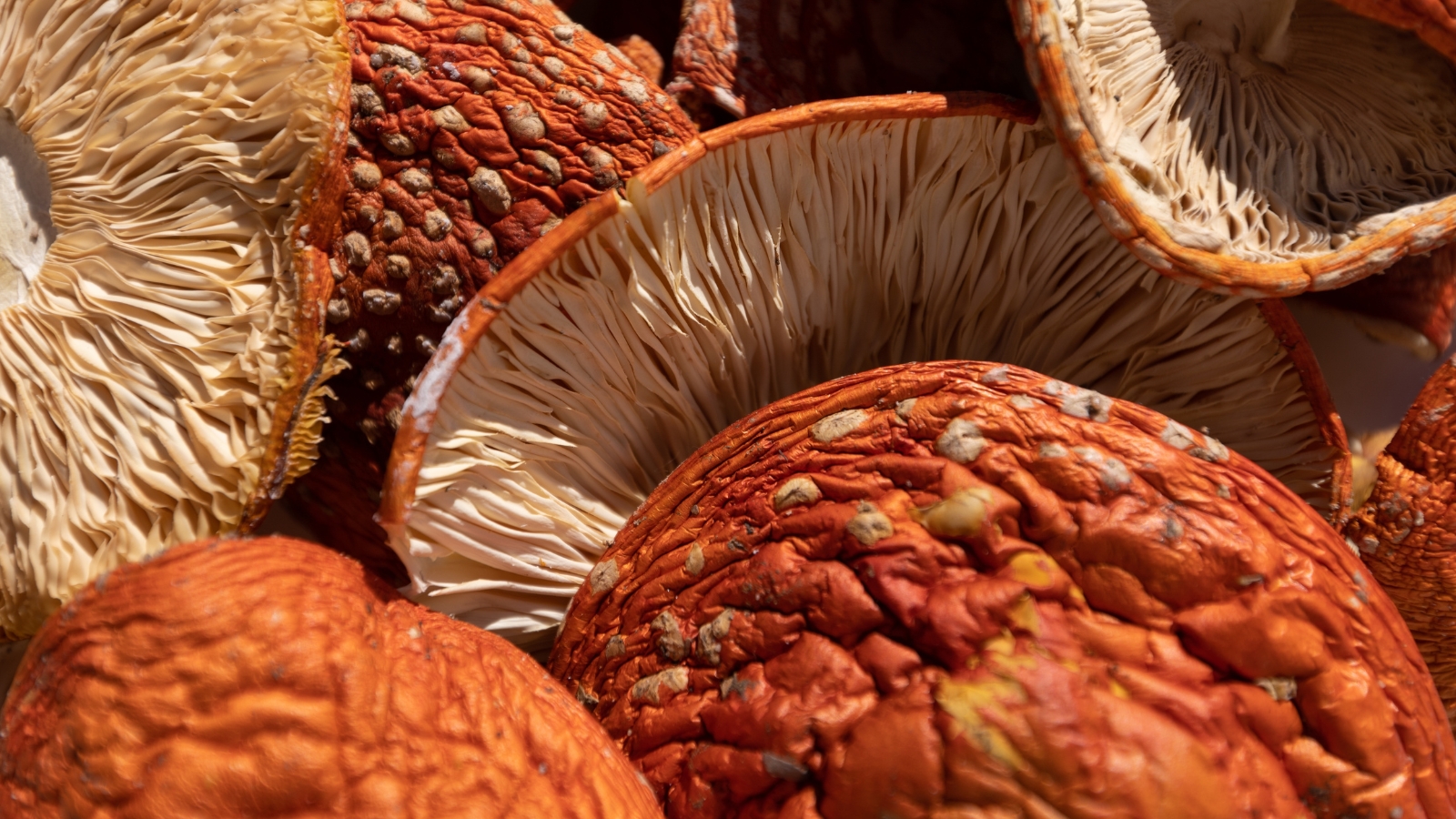
Safety and Responsible Use
Navigating the use of muscimol demands a careful approach to dosage, setting, and mindset. Given the variable potency of Amanita mushrooms, it’s wise to start with a small portion, such as a thumbnail-sized piece of the cap, to gauge individual sensitivity. Consuming in a safe, comfortable environment, ideally under the guidance of a sober and experienced sitter, is crucial for both physical and emotional support.
Awareness of the legal status of muscimol in your region is essential to ensure compliance with local laws. It’s also important to avoid mixing muscimol with alcohol, prescription medication, or other drugs, as such combinations can lead to unforeseen and potentially harmful interactions.
Above all, respect for the substance, mindful preparation, and an informed understanding of its effects are key to a safe and meaningful experience with muscimol. As with any psychedelic journey, responsible use is not just about safety; it’s about harnessing the potential for profound personal and spiritual growth.
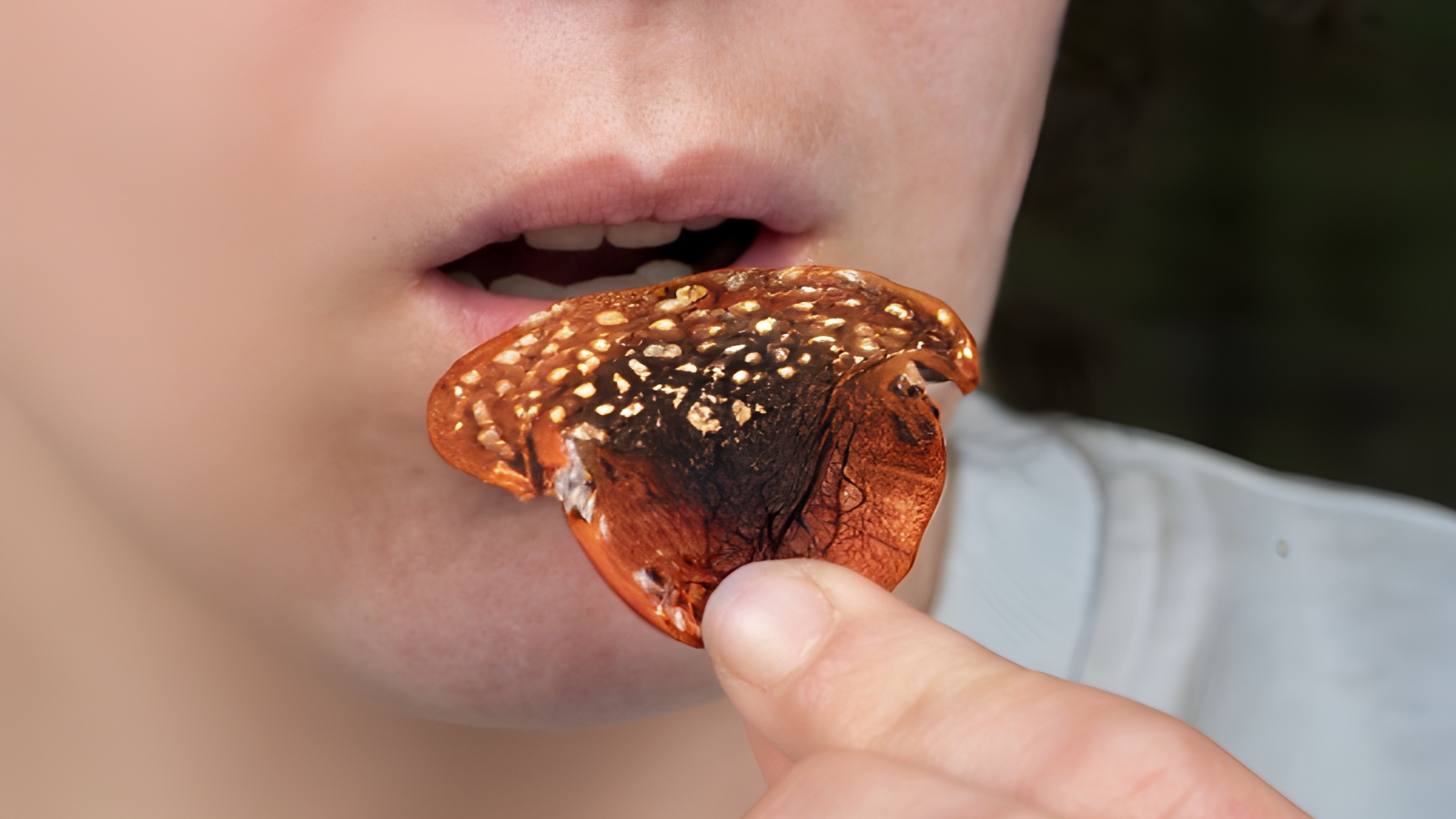
Legal Status and Availability
The legal status of muscimol varies significantly across the globe, reflecting a complex tapestry of cultural, legal, and scientific attitudes towards psychoactive substances. In many countries, Amanita muscaria, the primary natural source of muscimol, falls into a gray area of legality. Unlike substances like psilocybin, which are often strictly regulated, muscimol-containing mushrooms are not universally prohibited. This is partly due to their historical, cultural use and the challenges in regulating naturally occurring substances.
In the United States, for instance, Amanita muscaria is legal to possess, though its sale and distribution might be subject to state-specific regulations. Similarly, in parts of Europe and Asia, these mushrooms can be found growing in the wild and are not explicitly illegal. However, extracting muscimol or processing it into other forms may fall under different legal jurisdictions and could be subject to more stringent regulations.
Access to muscimol-containing substances typically involves either foraging for wild Amanita muscaria mushrooms or purchasing through specific, often niche, online retailers. Curious consumers can try them infused in mushrooms gummies, chocolates, or tinctures. For those interested in exploring muscimol, it’s crucial to source these substances responsibly, ensuring they are identified correctly and are free from contaminants. The availability of muscimol in more processed forms, such as extracts or infusions, is less common and often shrouded in legal ambiguities.
Given the evolving nature of laws surrounding psychoactive substances, it’s essential for potential users to stay informed about the current legal status of muscimol in their specific region. This knowledge not only helps in making responsible decisions but also in advocating for informed and progressive drug policies.
Muscimol vs Psilocybin
While muscimol and psilocybin are both celebrated components of the psychedelic world, they exhibit notable differences in their chemical structure, mechanism of action, and resulting experiences.
Chemically, muscimol is a potent GABA_A receptor agonist, which means it primarily interacts with the GABA system in the brain, known for its role in promoting relaxation and reducing neuronal excitability.
Psilocybin, on the other hand, is converted in the body to psilocin, which primarily acts as a serotonin receptor agonist, particularly targeting the 5-HT2A receptors. This difference in mechanism leads to distinct subjective experiences; muscimol is known for its sedative, dream-like effects, often associated with a trance or delirium-like state. In contrast, psilocybin typically induces a more introspective, visual, and emotionally profound experience.
The safety profiles of these substances also vary. Psilocybin has been extensively studied and is generally considered safe with a low potential for abuse or physiological harm. Muscimol, while not extensively researched, can be more unpredictable due to varying concentrations in natural sources and its more profound sedative effects.
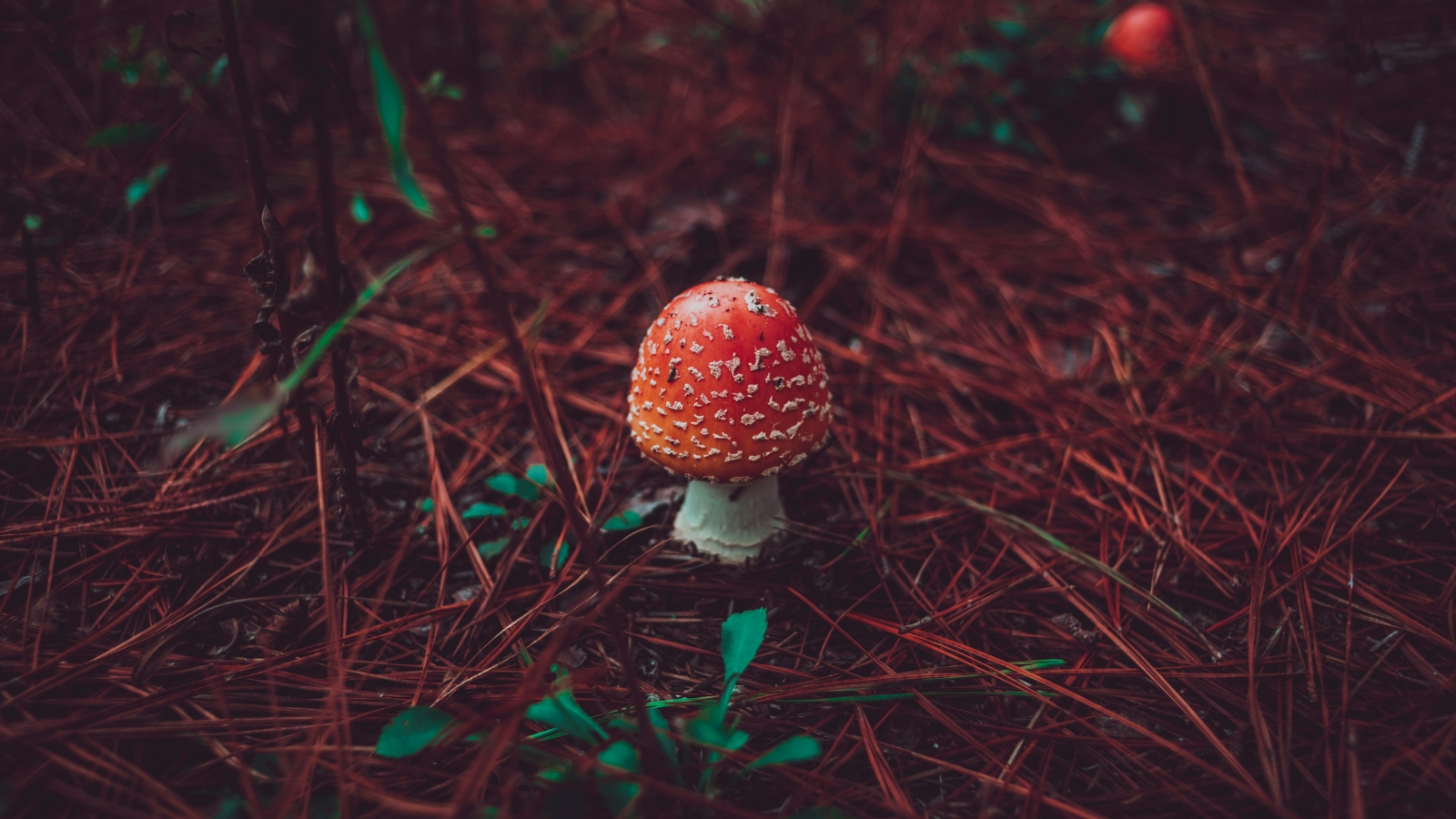
Magical Muscimol
Muscimol, with its unique chemical properties and intriguing historical and cultural background, stands as a fascinating substance in the world of psychedelics. From its natural occurrence in Amanita mushrooms to its distinct effects that differ markedly from those of psilocybin, muscimol offers a unique journey into altered states of consciousness. Understanding its safety, legality, and responsible use is crucial for those seeking to explore its depths.
As we continue to uncover the mysteries of psychoactive substances like muscimol, their potential for psychological insight, cultural significance, and therapeutic use becomes increasingly apparent. This exploration not only enriches our understanding of psychedelics but also our appreciation for the complex interplay between nature, the human mind, and culture.















